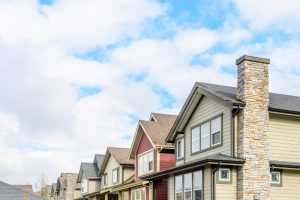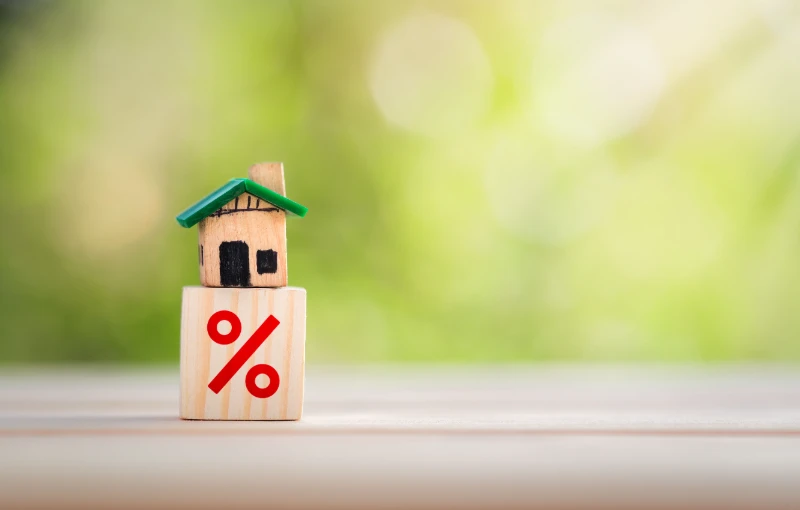Getting approved for a mortgage is an exciting step toward homeownership, but it requires careful…
How Safe Is My Neighborhood?: Check Your Neighborhood Safety
Finding your dream home is exhilarating, but is the neighborhood safe, and can you let your kids play outside? In today’s article, learn how to thoroughly assess the safety of your potential or current neighborhood by combining modern tools with traditional methods for a well-rounded evaluation.
Leverage Technology
You can check the ratings and safety of specific neighborhoods, cities, and more online. Here are some popular crime mapping services:
- CityProtect
- SpotCrime
- NeighborhoodScout
- AreaVibes
With these, you can access detailed crime statistics and safety ratings for your neighborhood. These services compile police reports and crime data, offering a transparent view of local safety concerns.
Check the National Sex Offender List
The U.S. Department of Justice maintains this resource for identifying registered sex offenders in any area. This tool and Family Watchdog provide crucial information for families so they can keep their kids safe.
Engage with the Community
Nothing beats firsthand information. Engage with current residents to get their perspectives on neighborhood safety, community dynamics, and local issues. This can be as simple as striking up conversations during a visit or reaching out through platforms like Nextdoor or Facebook.
Spend time walking or driving through the neighborhood at different times of the day. Look for signs of a tight-knit, active community, such as children playing outside, well-maintained properties and local businesses thriving. These are positive indicators of a safe and engaged neighborhood.
Additional Tips for a Safe Neighborhood Experience
- Home Security Systems: Consider the availability and effectiveness of home security solutions in the area. Modern technology offers everything from smart locks to comprehensive monitoring systems, enhancing peace of mind.
- Community Involvement: A neighborhood’s safety can often be gauged by the level of community involvement. Check for regular community events, neighborhood watch programs, and other initiatives that foster a sense of collective security.
- Local Law Enforcement: Reach out to local police departments for neighborhood crime statistics and safety programs. Many departments offer community policing initiatives and can provide insights into neighborhood safety trends.
Conclusion
While statistical analysis and technology offer valuable insights into a neighborhood’s safety, integrating these tools with personal observations and community interactions provides the most accurate picture. Dedicate time to thoroughly research and experience the neighborhood, ensuring it meets your standards for safety and community quality of life.
Remember, a safe neighborhood not only contributes to your family’s well-being but also to the long-term value of your investment. By taking a proactive approach to evaluate neighborhood safety, you’re laying the foundation for a happy, secure home life.




